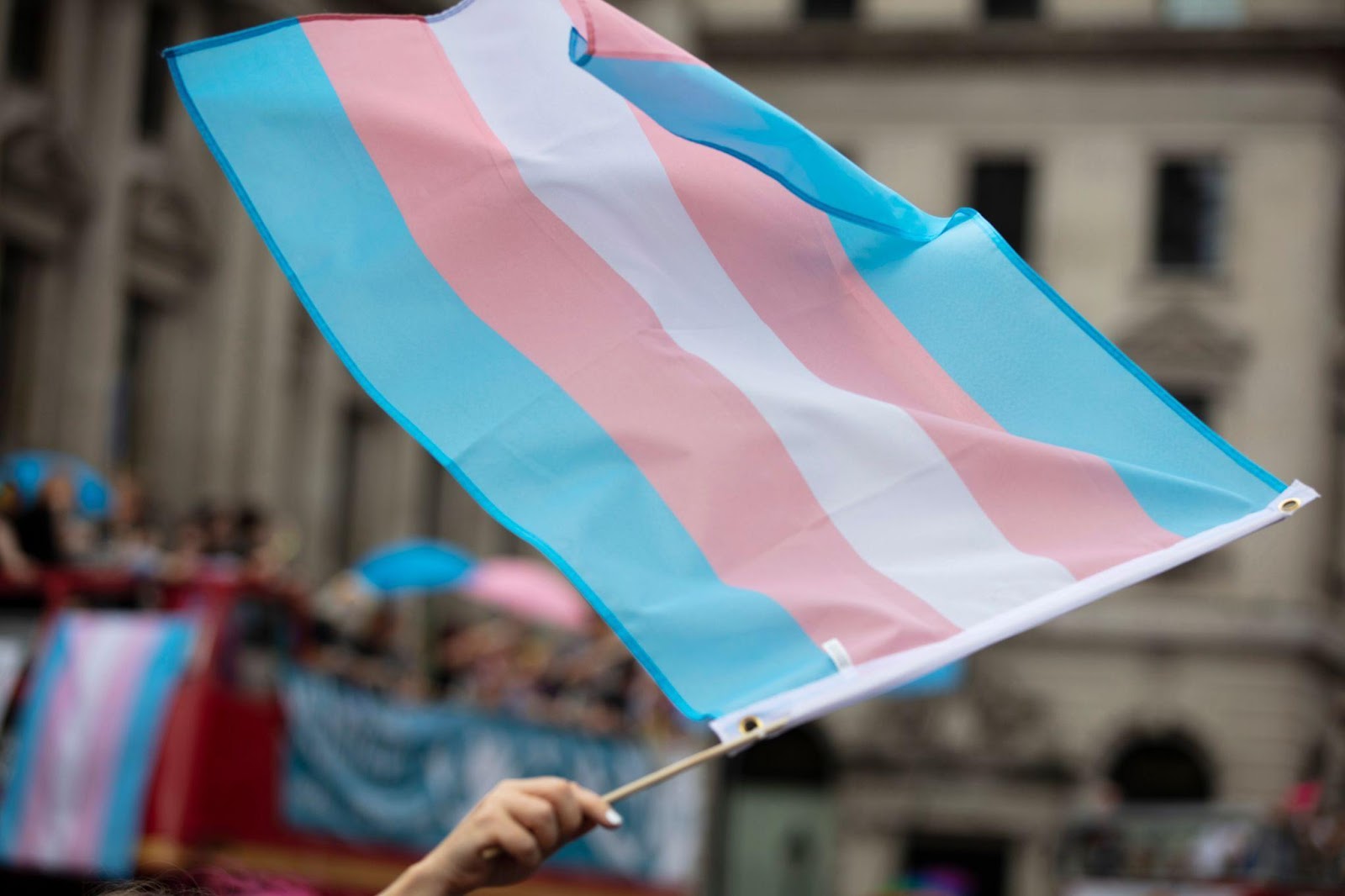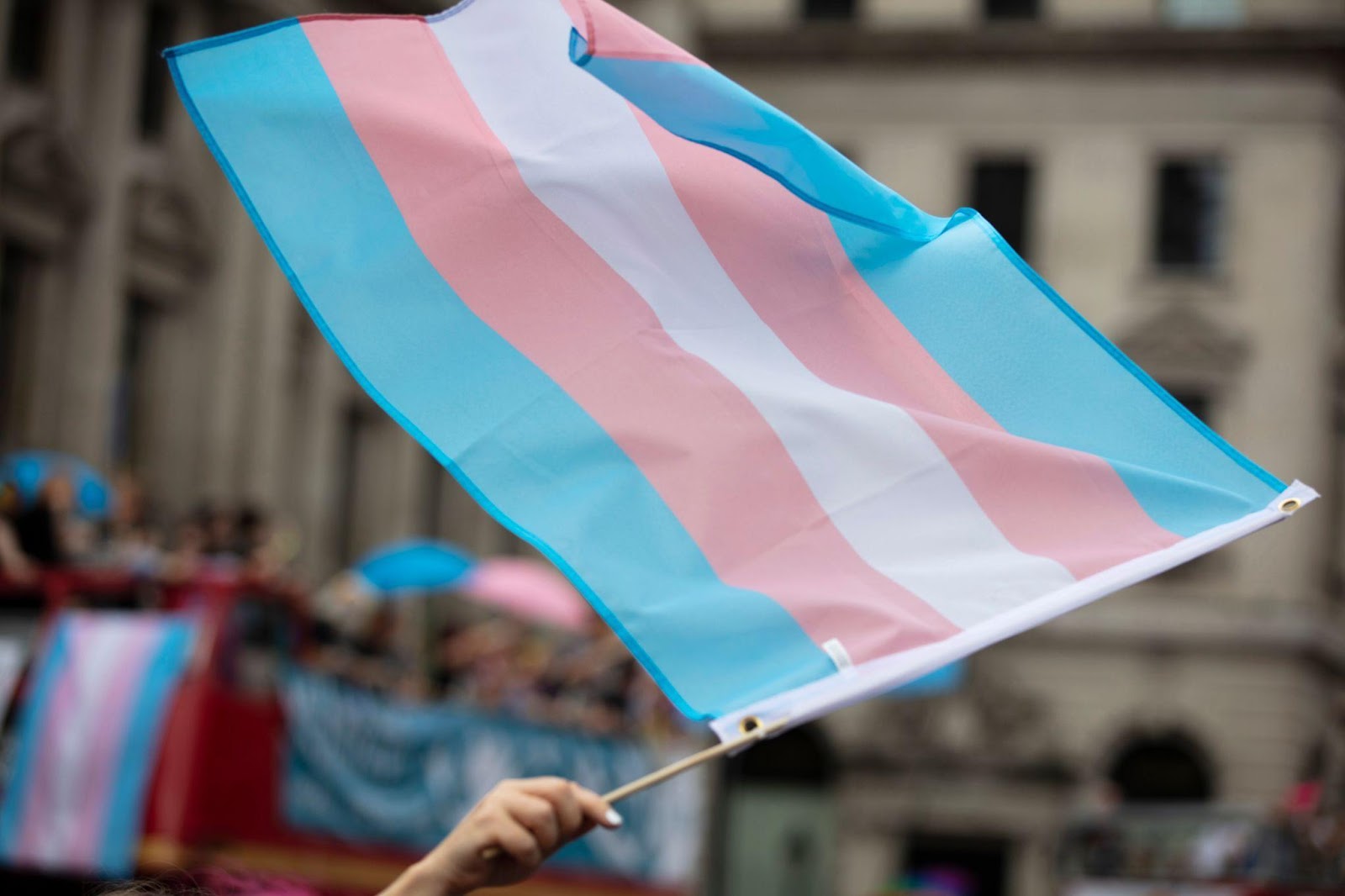
What are the Different Types of Gender Affirmation Procedures?
By Beverly Fischer on June 25, 2022
Gender Affirmation Back to Blog
Back to Blog

 Every transgender and nonbinary person’s journey toward gender affirmation is different– there’s no “one true way”. Depending on your view of your gender, your goals for your gender expression, and your relationship to your body right now, there are many choices available to you.
Every transgender and nonbinary person’s journey toward gender affirmation is different– there’s no “one true way”. Depending on your view of your gender, your goals for your gender expression, and your relationship to your body right now, there are many choices available to you.
First, let’s talk about the types of options you have, and how quickly you’ll see a difference:
- Social affirmation can change your life right away if you have supportive people in your life– using a new name, changing your pronouns, or dressing and styling yourself to align better with your gender
- Hormone therapy may take anywhere from 2-5 years to see substantial changes
- Non-surgical options like laser hair removal vary by procedure but may take several weeks or months
- Surgeries may require several weeks for recovery, but their effects are otherwise immediate
It’s up to you to decide which types of gender-affirming procedures should be part of your transition. This article will help you understand what choices you have, what the benefits are, and what you need to know about them.
Gender-Affirming Surgeries
Whenever someone brings up gender transitions, surgery is one of the first things people think of. Surgery can do wonders for helping you achieve the body you can finally feel at home in, but you should also know that many transgender or nonbinary people choose never to have surgery. It’s up to you.
Types of gender-affirming surgery include:
- “Top” surgery (breast augmentation or removal, chest masculinization)
- “Bottom” surgery, which can include vaginoplasty (creating a vagina and vulva), phalloplasty/scrotoplasty (creating a penis and/or scrotum), oophorectomy/hysterectomy (removing the ovaries and/or uterus), orchiectomy/penectomy (removing the testicles and/or penis), or metoidioplasty (creating a small phallus out of a lengthened clitoris, which may or may not involve locating a urethra in it)
- Facial reconstruction to feminize, masculinize or neutralize features
- Body sculpting, which can involve a combination of liposuction, implants, lifts, and tucks
While all surgery has some risk, most of these are fairly low-risk procedures that are very safe for most people. The benefits can be enormous, creating physical changes that would otherwise be impossible, and their effect is immediate (aside from recovery time). Most transgender people who get gender-affirming surgery of any type are very satisfied with it.
Bottom surgery has a higher risk for infection and complications, and requires more ongoing care after recovery (for example, using vaginal dilators daily after a vaginoplasty). However, the benefits are often more than worth it.
Gender Affirming Hormone Therapy
Genderaffirming hormone therapy suppresses the production of androgens in those assigned male at birth (AMAB) or estrogen in those assigned female (AFAB), and medically administers estrogen to feminize or testosterone to masculinize the transgender patient’s body.
Hormone therapy is very common, generally quite safe, and over time can produce marked changes– facial hair, deeper voices, and an easier time building muscles in trans men, and softer curves and fuller breasts in trans women. For nonbinary patients, microdosing hormones or taking estrogen without androgen blockers can result in subtle changes that relieve dysphoria without creating a binary-conforming appearance. Younger people may take puberty blockers to prevent developing some secondary sex characteristics at all.
Gender Affirmation Non-Surgical Services
There are a number of non-surgical gender affirmation services and treatments that you might want to pursue alongside or instead of surgery or hormones. A few examples include:
- Voice therapy with someone experienced in helping transgender and nonbinary people raise or lower their speaking voices
- Laser hair removal or electrolysis
- Mental health care to cope with gender dysphoria, body dysmorphia, and any stress involved in transitioning
- Fertility services like egg or sperm banking
- Injectables like lip fillers, or cosmetic treatments like lash growth serums
- Tattoos to recreate nipples after top surgery, to cover or adorn scars, or to re-imagine the entire chest area with art
There’s very little downside or risk to any of these, and they can provide huge peace of mind either in supporting your gender expression or helping you cope with major life issues.
Social Affirmation
Almost any transgender or nonbinary person who comes out is going to embrace some form of social affirmation, whether that’s sharing their correct pronouns, choosing a new name, or experimenting with their style and appearance to find what fits.
Some people may go to movement coaches or classes, undergo body modification like piercings or tattoos, hire a personal shopper, or take classes in grooming or fashion to help them achieve their gender expression. These are all relatively easy and accessible to most people, feel exciting (who doesn’t love a good makeover montage?), and offer some quick and direct ways to get closer to your “true you”.
No matter what combination of gender-affirming procedures you choose, you’ll probably find that it takes a couple of years before your face, body, voice, and style really reflect your gender in the way that you want. However, because most transition journeys are a gradual process, you’ll be seeing many wonderful changes along the way, some quicker than others!
Are you interested in exploring your options for gender-affirming procedures with us? Reach out for a consultation to talk about which ones are right for you.
{{cta(‘061ef78e-5e69-493b-95fd-188a85a1afeb’,’justifycenter’)}}
Dr. Beverly A. Fischer is passionate about her role as a leading female plastic and cosmetic surgeon in Baltimore, Maryland and beyond. She believes that plastic surgery makes a positive, life-changing difference, whether you’re renewing your body, face, and skin or embarking on an entire gender transition.
Reach out
We are happy to answer any questions you have. Use the form to request a consultation or more information about specific services. A member of our team will will contact you shortly.
Contact Us



